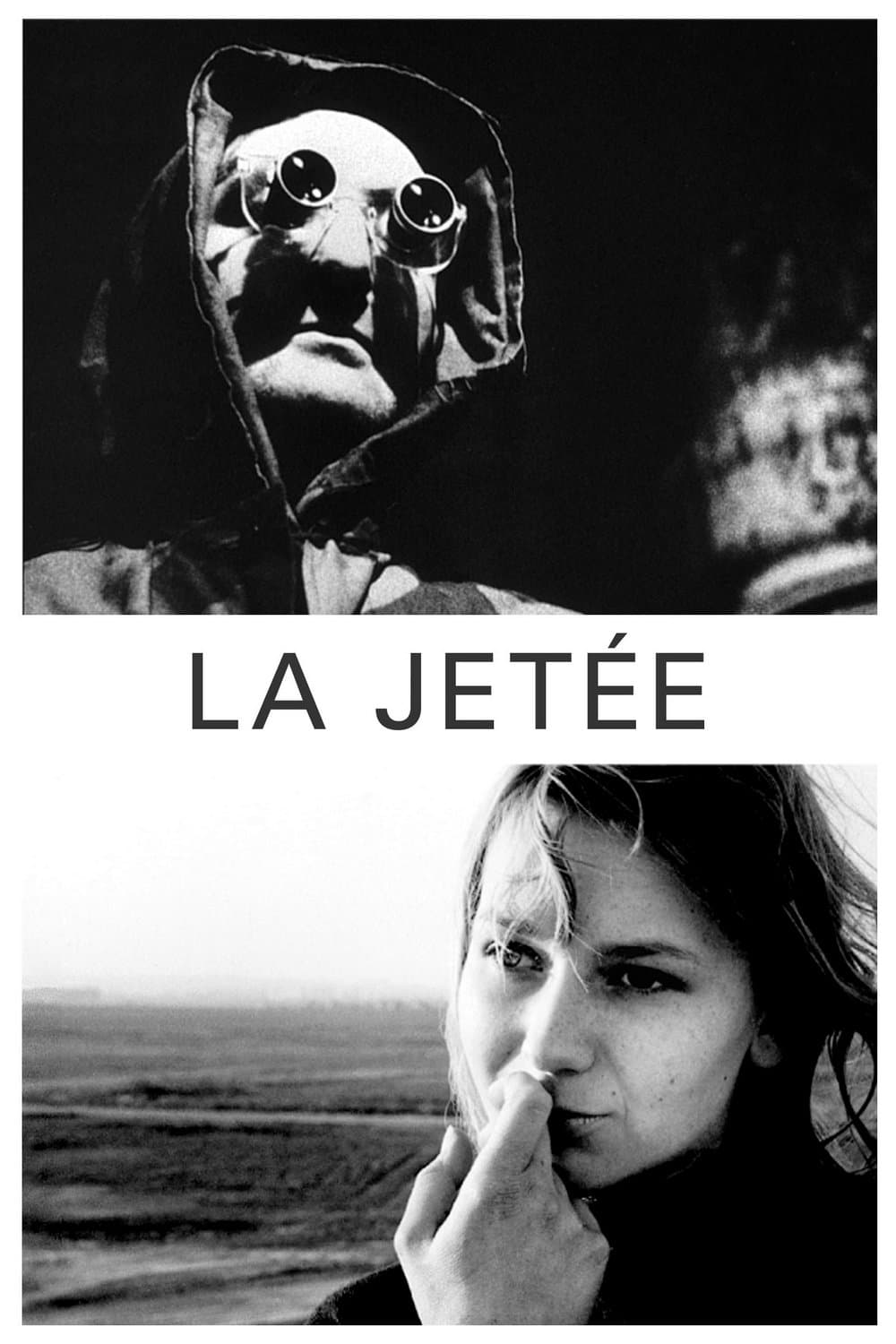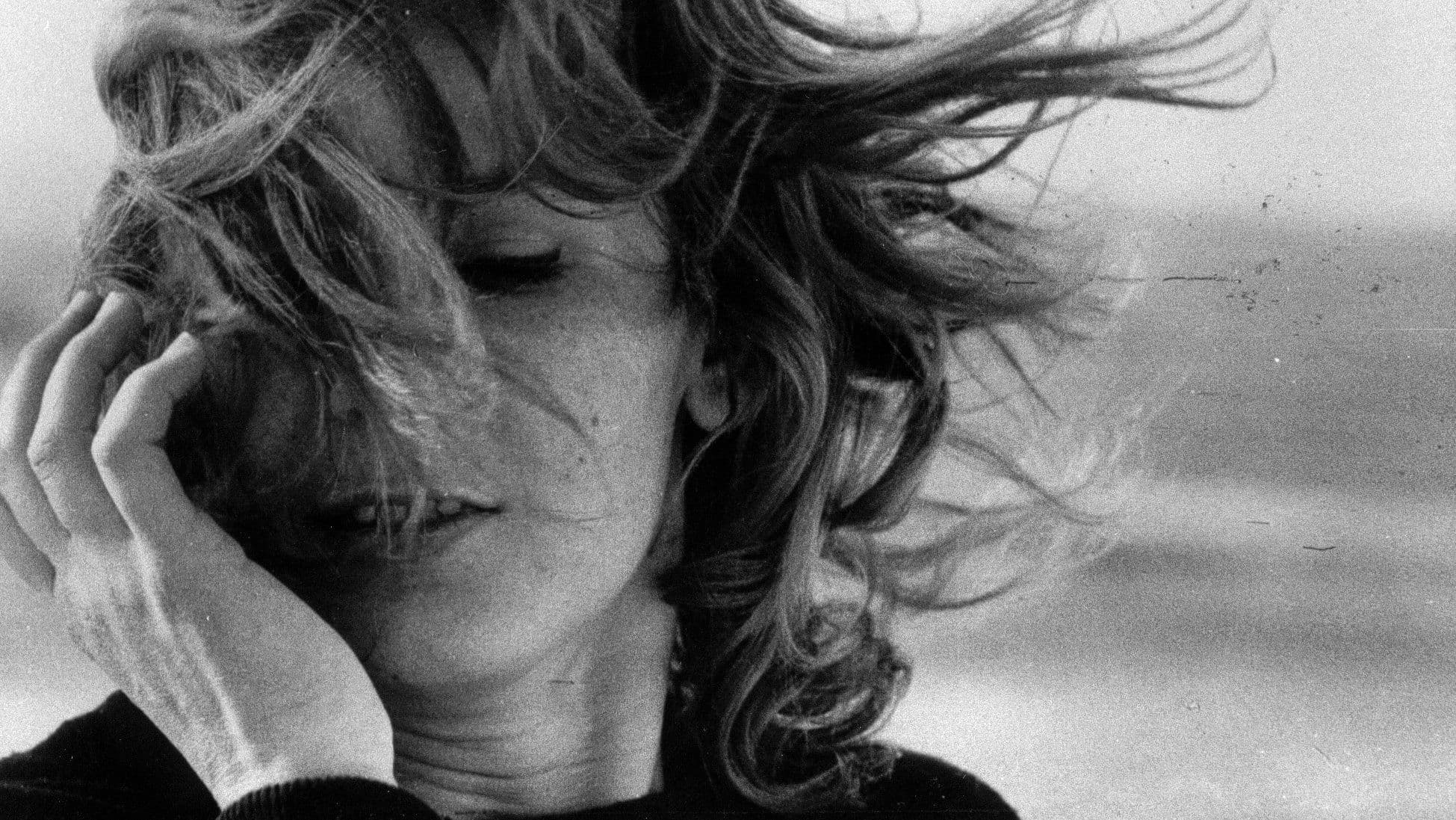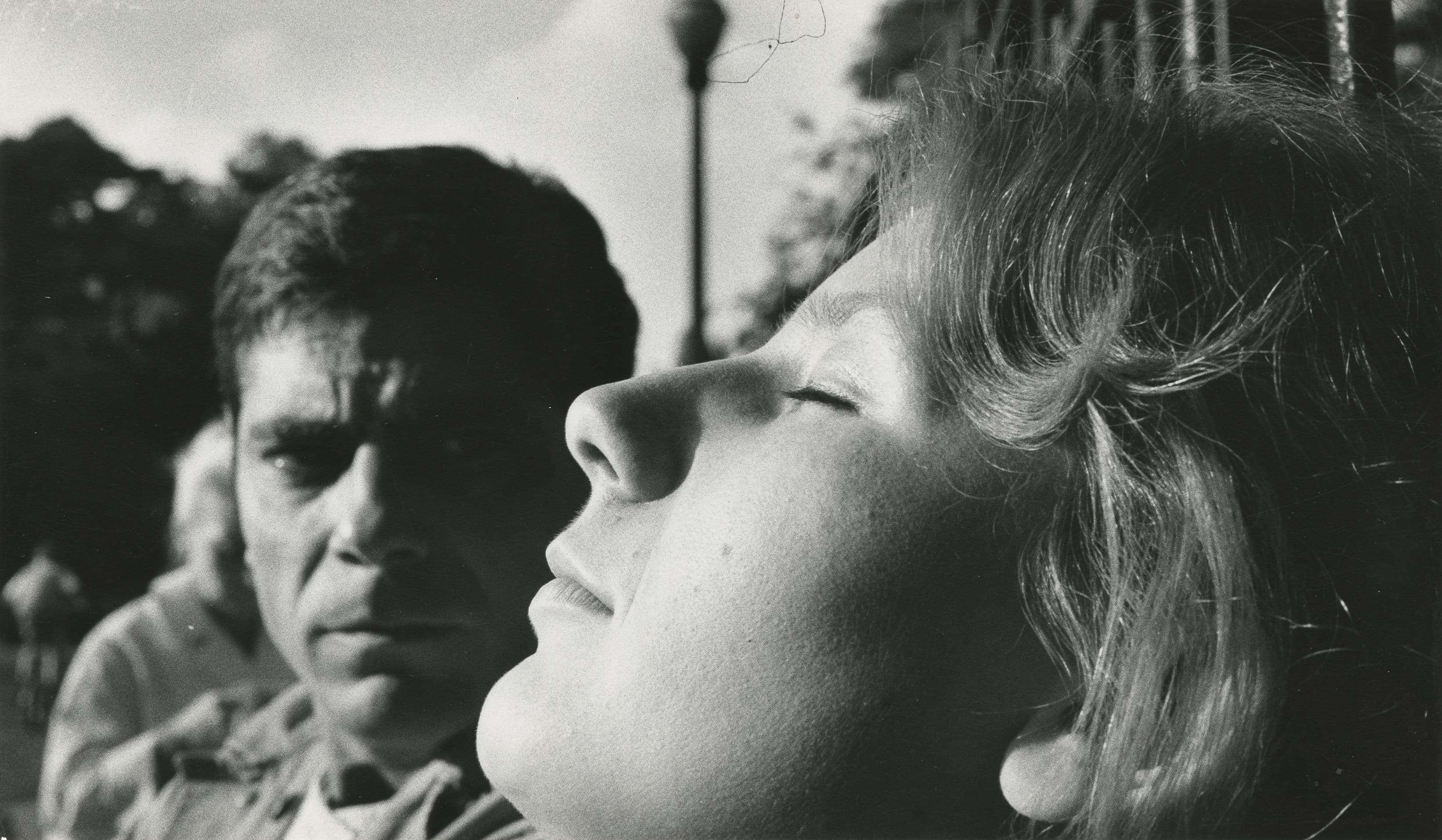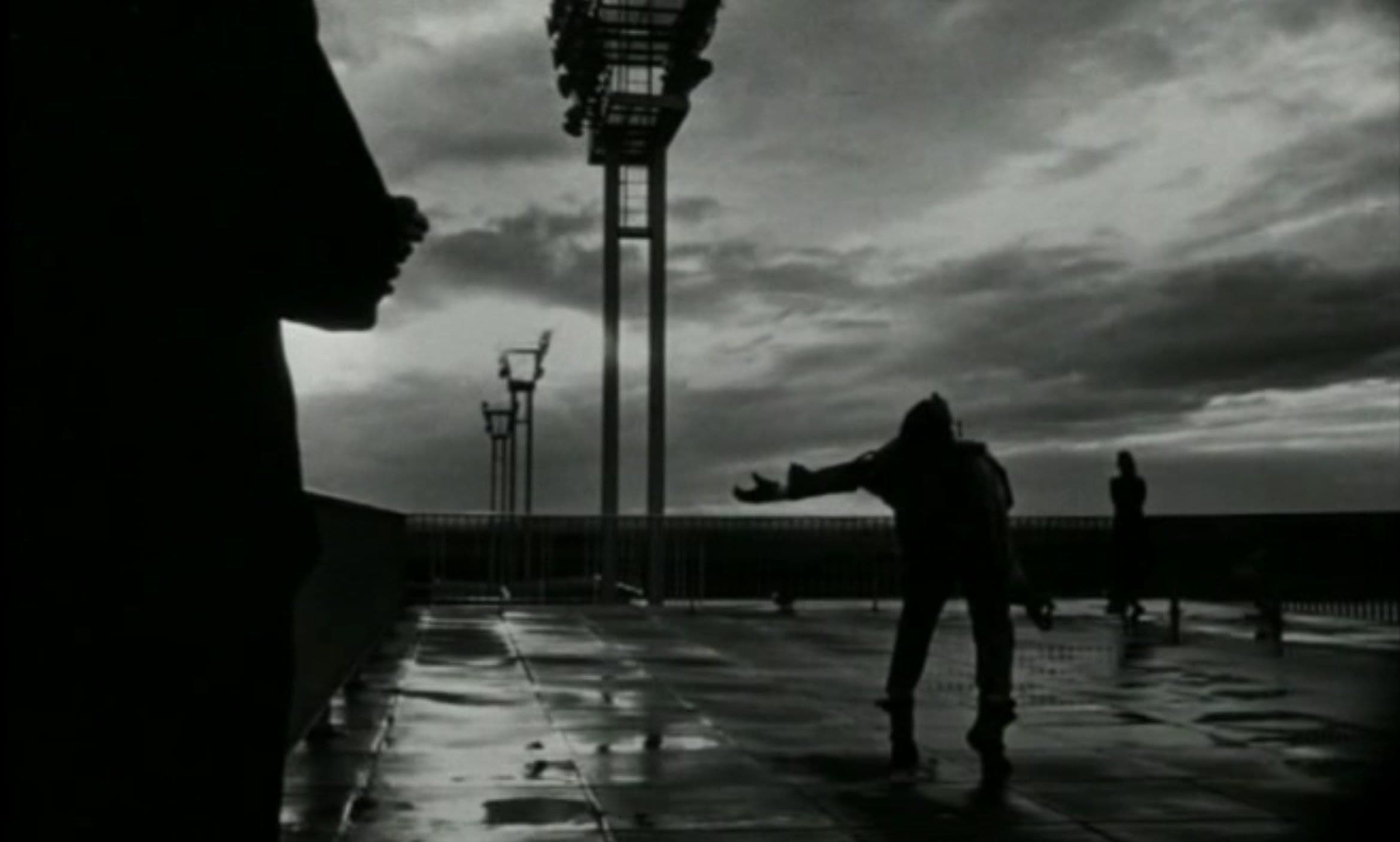
La Jetée
1962
Rate this movie
Average: 0.00 / 5
(0 votes)
Director
This short film by Chris Marker (the only short film to appear on this list) is a surreal experiment, defined on various occasions by the author himself as a “cineromanzo,” “opera per immagini,” “fotoracconto.” These seemingly simple definitions actually conceal the depth of an artistic operation that transcends the traditional boundaries of the medium. Marker, an enigmatic and multifaceted figure, an essayist intellectual even before being a director, grasped the intrinsic power of the still image as a narrative and emotional vehicle. The appellation of “cineromanzo” suggests an ambitious fusion between literary narration and cinematic experience, where the contemplative slowness of the single frame replaces the fluidity of movement, inviting the viewer to a more active, almost meditative participation. It is not simply a series of animated photographs, but a research into the very nature of memory and perception, a philosophical essay crafted from images. In an era dominated by the Nouvelle Vague and its ode to spontaneity and camera movement, Marker chose the radicality of stillness, elevating it to a stylistic and conceptual hallmark.
This is the story that inspired Terry Gilliam's “12 Monkeys.” While Terry Gilliam's film adopted the narrative premise and the temporal paradox, transforming it into a visual delirium of baroque complexity, it never achieved the intense and almost painful intimacy of Marker's original. Where Gilliam explores the ramifications of a technological dystopia and the tenuous line between sanity and madness, Marker delves into the abyss of memory and inescapable destiny. His work, despite being a cornerstone of science fiction cinema, is first and foremost a meditation on the circular nature of time and the inevitability of events, a memento mori that unfolds through the eyes of a man trapped in his own memory.
After a nuclear apocalypse, a man is sent back in time by the last remnants of humanity, huddled underground. His objective is to avert the holocaust by identifying its cause. But the man is tormented by his own private holocaust: the mnemonic fragments of a murder he witnessed as a child. This primordial wound, an image seared into his infantile psyche, is not only a catalyst for his mission but the keystone of the entire narrative architecture. Here, Marker intertwines the macroscopic tragedy of the end of the world with the microscopic and deeply personal one, suggesting that great collective catastrophes often arise from unresolved individual traumas or private obsessions. The journey through time thus becomes an introspective journey, a descent into the stratifications of consciousness, where the past is never truly past but is a perpetual present that shapes the future. The man is a prisoner not only of time, but of his own psyche, in a never-ending cycle.
A work created exclusively through images (no filmed footage), considered by many to be a testament to genius and an indispensable cornerstone of the science fiction genre. This formal choice, perhaps initially dictated by budget constraints but elevated to an aesthetic and philosophical principle, gives La jetée a unique resonance. The absence of movement, the succession of static frames, does not create a sense of immobility, but rather stimulates a hyper-sensory perception, an expansion of viewing time. Each image, often a face, a gaze, an architectural detail, is charged with an almost pictorial intensity, like a Caravaggio or a Rembrandt which, though still, vibrate with life and drama. It is cinema that becomes photography, and photography that becomes narration. The omnipresent and lyrical narration becomes the only "fluid" element in this mosaic of frozen moments, guiding us with an almost poetic prose through the labyrinths of the protagonist's psyche and his desolate world. It is precisely this dialectic between visual immobility and verbal fluidity that generates compelling narrative tension, transporting the viewer into an experience that challenges the conventions of filmic narration. The historical context of the Cold War and the imminent atomic threat, moreover, provided a substratum of existential anxiety that finds a perfect echo in this visual and narrative fragmentation.
What is striking about this work is the iconic power of each image, a kind of dream plane into which we are immediately plunged. If you think about it, our dreams are made up of images; words are a mere post-hoc reconstruction that we perform on the iconographic fabric. The same operation is carried out by Chris Marker (his short film recalls Wim Wenders' dream-catching machine in “Until the End of the World”): every single frame becomes THE story, semantics through images. The reference to dreams is not coincidental: La jetée moves along the tracks of the subconscious, where linear logic gives way to a concatenation of sensations and symbols. The work engages in a close dialogue with the Surrealism of Breton and Buñuel, not through deliberate irrationality, but through the exploration of an internal reality, almost tactile in its evocation of profound existential anguish. Each frame is a piece of a mnemonic puzzle, a fragment of time and psyche that our brain is called upon to fill, to connect, to give movement. It is in this interstitial space between one image and another that the true "film" unfolds, not on the screen, but in the mind of the viewer. This is Marker's true madness: not giving you movement, but the suggestion of movement, forcing you to create it yourself, making you a co-creator of his vision.
The parallel with Wenders extends beyond mere science fiction instrumentation; both directors, albeit with different styles and sensibilities, are obsessed with memory, its fragility, and its power of preservation in a world seemingly condemned to oblivion. Where Wenders questions technological saturation and contemporary alienation, Marker focuses on the very root of identity, inextricably linked to the "precise memories" that define us, to the point of becoming our condemnation. La jetée is a visual and sonic symphony (the soundtrack, though minimal, is fundamental for evoking the atmosphere and emphasizing key moments), an experience that seeps under the skin and never leaves you. Twenty-eight minutes of pure creative madness, of great cinematic flair, that remain, decades after their creation, an inextinguishable beacon in the landscape of world cinema, an ode to art's ability to delve into the depths of the human soul and the inextricable mysteries of time and destiny.
Main Actors
Genres
Country
Gallery






Featured Videos
Official Trailer
Comments
Loading comments...